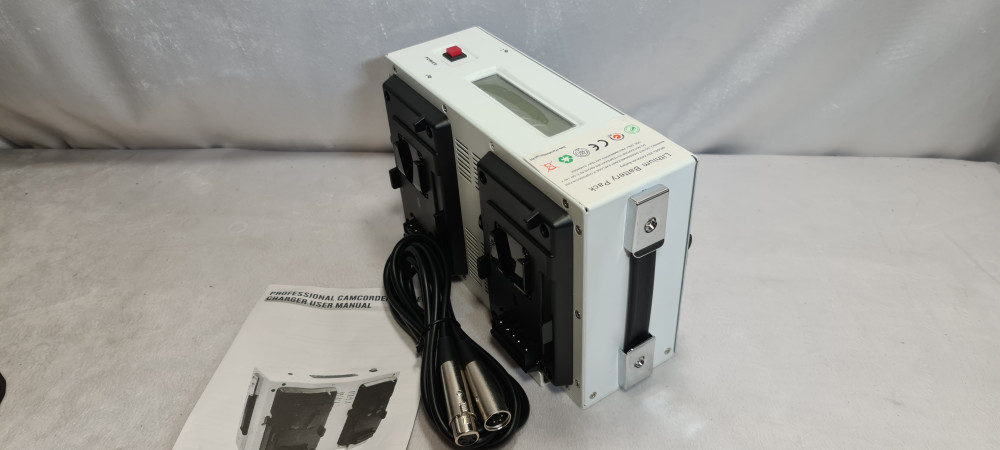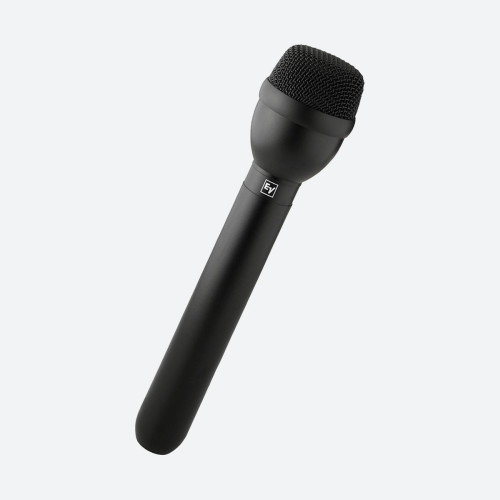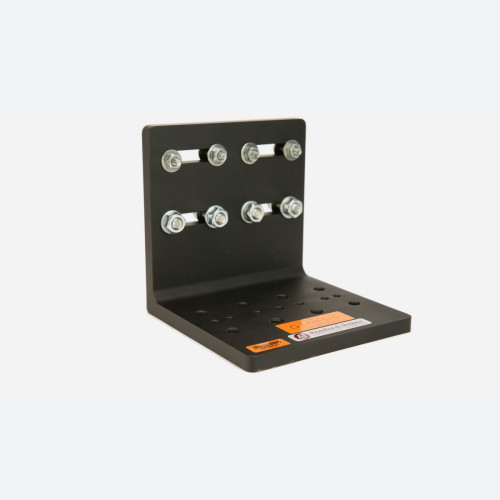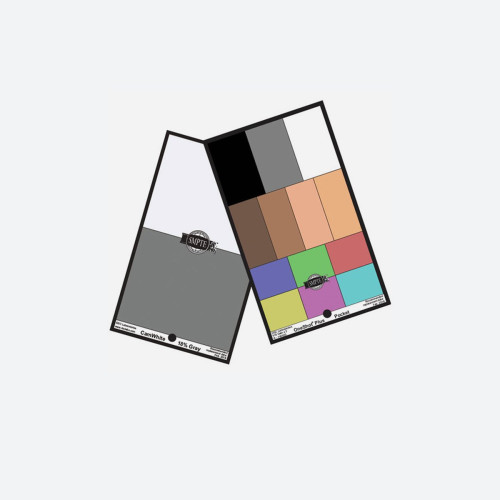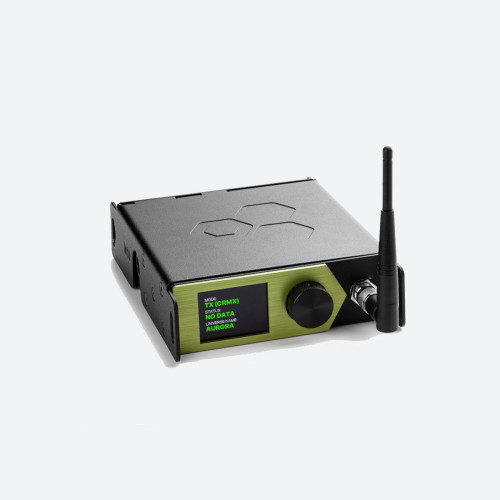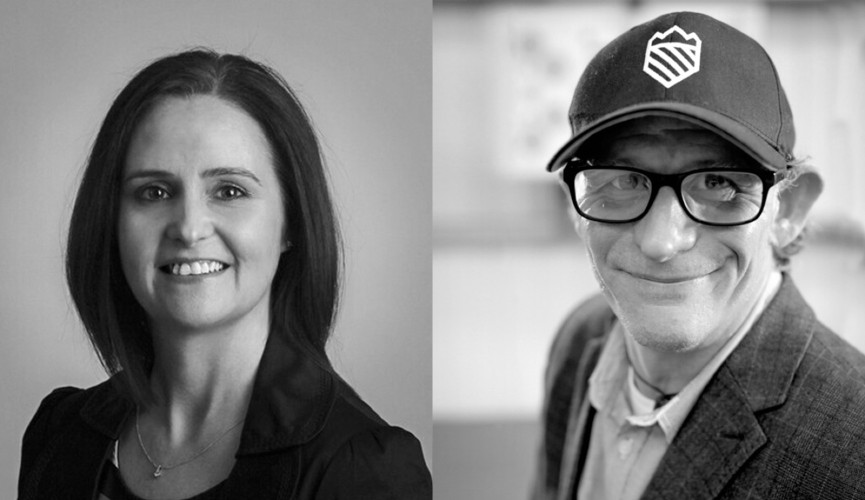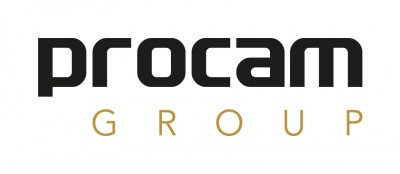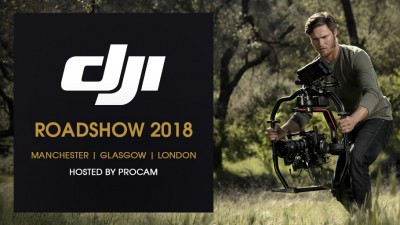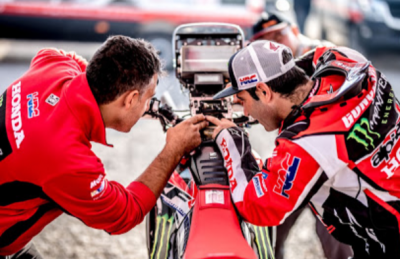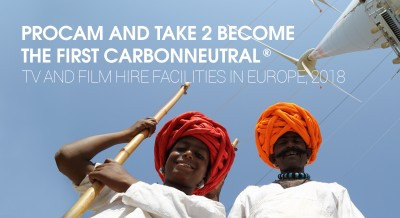by Paul Sargeant Issue 88 - April 2014
Dakar Rally: Frontline to Finish Line first hit our screens on 16th April 2013. It followed the exciting journey of a team of seriously injured servicemen from Britain and the US as they took on the worlds toughest rally. The Dakar Rally is the ultimate test of man and machine versus the elements as drivers race across South America over 14 days in one of the toughest off-road endurance races in the world. But for the Race2Recovery team, there was an added challenge. Each of the four cars contained an amputee serviceman as part of the two-man crew.
Gaucho Productions, the production company behind Dakar Rally: Frontline to Finish Line, wanted to capture the inside story of the tears, tantrums and triumphs of the Race2Recovery team as they took on the Dakar. DOP Adrian Marciante brought Procam on board and spent a day at their offices discussing and testing camera options to make sure that Gaucho had the best kit and support to make the programme a visual success.
Starting in Lima, Peru, the race covered almost 6,000 miles across South America, crossing the Andes twice and finishing in Santiago de Chile. A typical day saw racers covering anywhere between 500 to 800km a day, largely off road, at speeds of up to 120mph. In order to capture this, a crew including exec, producer, director, camera, sound and minicam operator, followed the 27 strong Race2Recovery team of four rally cars and six support vehicles throughout the heady terrain.
The Dakar takes in some of the most inhospitable places on earth and saw the team tackle challenging and isolated terrains. From giant, coastal sand dunes to the top of the Andes, with such varied locations the shoot needed incredibly versatile kit and crew.
As Procam is known for its experience with shoots in hostile environments across the world, having worked on programmes like Robson Greens Extreme Fishing and The Incredible Mr Goodwin, executive producer Alastair Weaver turned to the team for technical advice on filming this extreme rally. For Weaver, Capturing every moment of the action was crucial to the shows success. With so many logistical challenges, it was important to make sure we had the right kit to make the series a reality. The Procam team recommended the Canon C300 for its sheer versatility and agility. It was the ideal choice, given the extreme conditions we shot in.
One of the biggest technical challenges for the crew was actually keeping dust out of the high value equipment. If the smallest amount of dust got in, it could scratch the inside, cover the image sensor and ruin shooting for the whole trip. This meant the crew had to take extra care to protect the equipment and keep the shoot running. Another challenge was being able to charge the kit in the middle of nowhere and on the move so the team never missed a key shot. With limited resources, the only solution was to use Land Rover Discovery support vehicles equipped with an inverter to serve as mobile work centres. This meant the crew could charge on the fly and make sure they were following every thrilling moment of the action.
The logistical challenge of shooting in incredible terrains, however, wasnt the only challenge Gaucho faced. For Weaver, it was important to capture the immense bravery and commitment of the Race2Recovery team. When the cars left for the days race stage, the crew had effectively lost contact with the team for anything up to 24 hours. This could have meant hours of missed footage and opportunities to document the most exciting part of the race. To capture this, each race crew took an a HD camcorder, which produced shots like the work of a shaky handycam-man, adding to the feeling of isolation and vulnerability felt by those on the Dakar. It also provided a beautiful contrast with the footage shot on the Canon C300s.
Weaver said, My favourite shot of the series saw a Wildcat Rally car reach the top of a precarious sand dune and pound through the soft sand known as fesh-fesh. Shot on the Canon C300, it really showcased how the camera can grade beautifully.
By the end of filming, the team were completely exhausted, but everyone involved took something away from the experience. Everyone had worked in tough environments before but agreed that Dakar Rally: Frontline to Finish Line was truly unlike anything else.
For more information visit: http://procam.tv www.gauchoproductions.com




